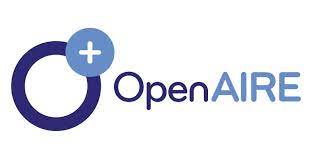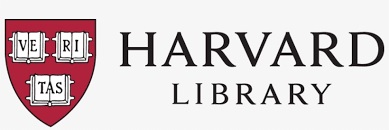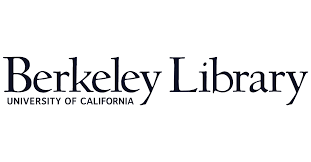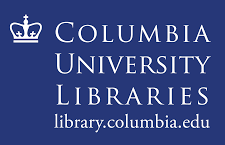Analisis kadar fibrinogen sebagai biomarker diabetik pada tikus wistar yang diinduksi streptozotocin
Abstract
Penyakit diabetes mellitus adalah serangkaian proses penyakit yang bermula dari kerusakan jaringan terutama di pankreas dimana awalnya ditandai dengan munculnya protein fase akut. Pada mamalia, konsentrasi protein fase akut yang dominan adalah serum amyloid A protein, C-reaktive protein dan fibrinogen. Penelitian ini bertujuan untuk mencari korelasi protein fase akut fibrinogen untuk digunakan sebagai biomarker pada tikus diabetes yang diinduksi streptozotocin. Tikus yang digunakan adalah tikus Wistar jantan sebanyak 20 ekor, umur sekitar 2 bulan dengan berat badan 180-250 gram. Tikus dibagi menjadi dua kelompok, masing-masing kelompok 10 ekor tikus sebagai kelompok perlakuan (I) dan kelompok kontrol (II). Kelompok I dipuasakan selama 24 jam kemudian diinjeksi streptozotocin 1 kali dengan dosis 40 mg/kg bb yang dilarutkan dalam bufer sodium sitrat 0,1 M pH 4,0. Tikus diambil darahnya pada jam ke-0, 6, 12, 24, 48, 60, 72, 84 dan 96 post induksi diabetes untuk diperiksa kadar konsentrasi protein fase akut fibrinogen Hasil penelitian rata-rata kadar fibrinogen pada jam ke-0 dan ke-6 yaitu sebesar 0,57±0,06 mg/mL dan 0,60±0,35 mg/mL masih dalam range normal, kemudian mulai meningkat terus berturut-turut di jam ke-12 sebesar 0,6±0,4 mg/mL, jam ke-24 0.93±0,46 mg/mL, jam ke-36 1,1±0,1 mg/mL, jam ke-48 1,13±0,81 mg/mL, jam ke-60 1,17±0.40 mg/mL, jam ke-72 1,47±0,06 mg/mL, jam ke-84 1,6±0,1 mg/mL dan jam ke-96 1,8±0,1 mg/mL. Hasil dari penelitian ini menunjukkan protein fase akut fibrinogen dapat dijadikan sebagai salah satu marker pada tikus yang diinduksi diabetes mellitus.Downloads
References
Cucchiara BL. 2009. Evaluation and management of stroke. ASH Education Program Book, 2009(1):293-301.
Imron R. 2016. Potensi anti diabetes melitus serbuk umbi tanaman sarang semut (Myrmecodia tuberose) melalui kajian hematologik, imunologik dan histopatologik organ tikus wistar yang diinduksi streptozotocin. Thesis Magister Sain Veteriner, Fakultas Kedokteran Hewan UGM.
Kofoed SC, Wittrup HH, Sillesen H, Nordestgaard BG. 2003. Fibrinogen predicts ischaemic stroke and advanced athero-sclerosis but not echolucent, rupture-prone carotid plaques: the Copenhagen city heart study. European Heart Journal. 24(6):567-576.
Miller ME, Baker L. 1972. Leukocyte functions in juvenile diabe-tes mellitus: humoral and cellular aspects. The Journal of Pe-diatrics. 81(5):979-982.
Murata H, Shimada N, Yoshioka M. 2004. Current research on acute phase proteins in veterinary diagnosis: an overview. The Veterinary Journal. 168(1):28-40.
Napoli MD, Singh P. 2009. Is plasma fibrinogen useful in evaluat-ing ischemic stroke patients? why, how, and when. Stroke: 40: 1549-1552.
Rothwell PM, Howard SC, Power DA, Gutnikov SA, Algra A, van Gijn J, Clark TG, Murphy MFG, Warlow CP. 2004. Fibrino-gen concentration and risk of ischemic stroke and acute coro-nary events in 5113 patients with transient ischemic attack and minor ischemic stroke. Stroke. 35: 2300- 2305. DOI:10.1161/01.STR.0000141701.36371.d1
Tóthová C, Nagy O, Kováč G. 2013. The use of acute phase pro-teins as biomarkers of diseases in cattle and swine. In: Acute Phase Proteins. Intech. http://dx.doi.org/10.5772/55857.
Copyright (c) 2018 CC-BY-SA

This work is licensed under a Creative Commons Attribution-ShareAlike 4.0 International License.
Authors who publish with this journal agree to the following terms:
1. Authors retain copyright and grant the journal right of first publication with the work simultaneously licensed under a Creative Commons Attribution License that allows others to share the work with an acknowledgement of the work's authorship and initial publication in this journal.
2. Authors are able to enter into separate, additional contractual arrangements for the non-exclusive distribution of the journal's published version of the work (e.g., post it to an institutional repository or publish it in a book), with an acknowledgement of its initial publication in this journal.
3. Authors are permitted and encouraged to post their work online (e.g., in institutional repositories or on their website) prior to and during the submission process, as it can lead to productive exchanges, as well as earlier and greater citation of published work (See The Effect of Open Access).

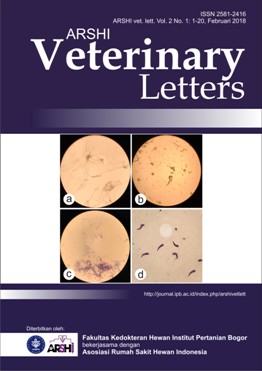
.jpg)

